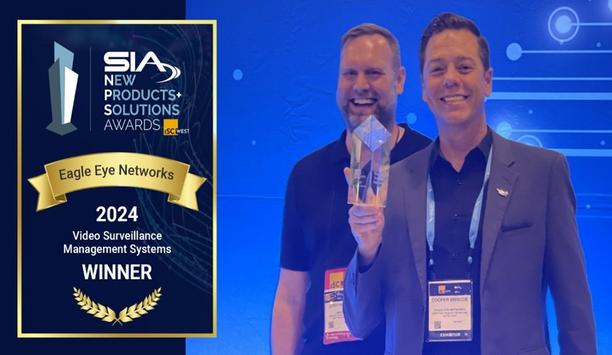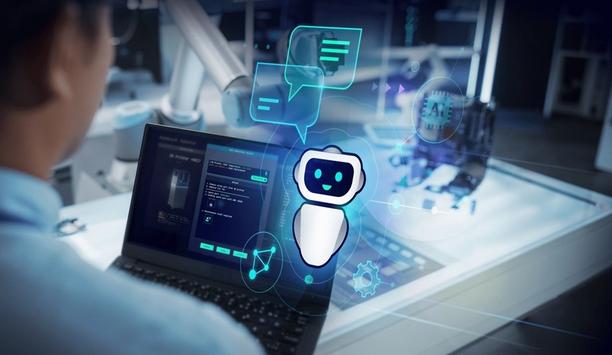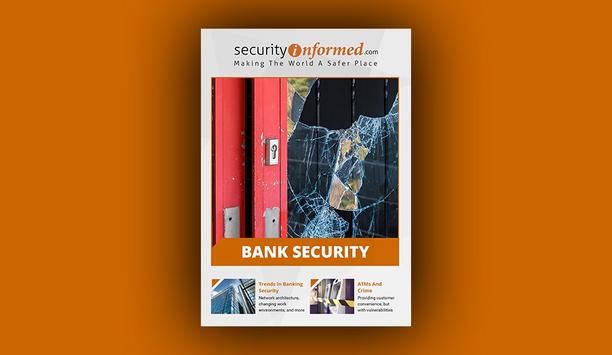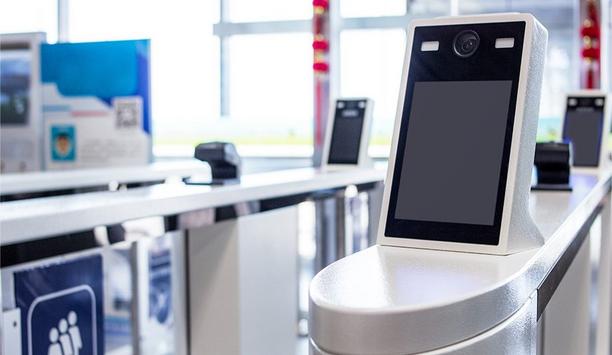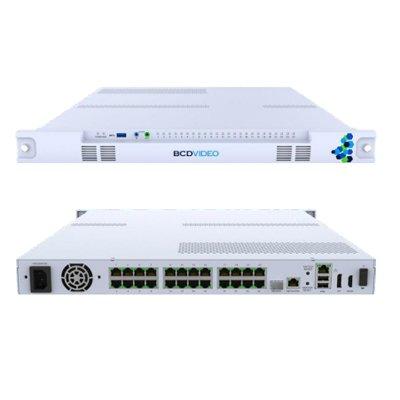The global pandemic has created a working environment filled with uncertainty and, at times, fear, as COVID-19 cases surge yet again and businesses continue to navigate a complex web of infectious disease mitigation protocols and managing the distribution of a potential vaccine. Organizations are operating in an environment where a critical event, posing significant risk to its employees and daily operations, could occur at any moment.
Even with a vaccine showing light at the end of a very dark tunnel, the pandemic unfortunately may be far from over, and the communication of accurate public health information to a widely distributed, often remote workforce is vital to keeping employees safe and businesses running. Organizations that plan ahead, invest in an emergency management system and share key updates quickly, reliably and securely, can keep employees safe while ensuring business continuity when it matters most.
Taking time to plan and prepare
Throughout the pandemic, U.S. offices have gone through alternating stages of reopening and re-closing
Throughout the pandemic, U.S. offices have gone through alternating stages of reopening and re-closing. However, whether businesses are operating at a limited or full capacity, medical experts are expecting continuous waves of COVID-19 cases, as community transmission continues to hit record highs. The only way for businesses to keep their employees and customers safe, protect their operations, and retain trust with their key stakeholders during these tumultuous times is to be proactive in nature.
Organizations need to put a business resiliency plan in place now that outlines key actions to take if (or when) an issue relating to local spread of the novel coronavirus arises. By having a plan in place and practicing it regularly, organizations can minimize risks and maximize employee safety surrounding critical events, such as suspected or confirmed exposure to COVID-19 in the workplace.
Context of emergency management
Ensuring the safety of employees (and others within the company’s facilities) needs to be the number one priority for organizations; and in any crisis scenario, a prepared and practiced plan maximizes a company’s chances of success. In PwC's 2019 Global Crisis Survey, business leaders across a range of industries shared their experiences, expectations, and top strengths and weaknesses in the context of emergency management.
By a wide margin (54% vs. 30%), organizations that had a crisis response plan in place fared better post-crisis than those who didn’t. When it comes to ensuring the wellbeing of staff, businesses need to think through a comprehensive, iterative infectious disease mitigation and operational continuity strategy and practice it as often as possible.
Investing in proper technology
A vital step in adequate critical event management planning is investing in the proper technology infrastructure
For today’s modern organization, a vital step in adequate critical event management planning is investing in the proper technology infrastructure to streamline the communication of vital information. Organizations should explore risk intelligence, critical communication and incident management software to keep their people safe, informed, and connected during critical events - and, thankfully, decision-makers are starting to take note.
The Business Continuity Institute 2020 Emergency Communications Report found that 67% of organizations at least use emergency notification and/or crisis management tools.
Reliable risk intelligence system
Building upon that trend, a reliable risk intelligence system can anticipate and analyze the potential impact of incidents, such as increases in local cases of COVID-19, send vital updates to a distributed workforce of any size on multiple devices regarding infectious disease mitigation protocols and public health directives, and then help incident response teams virtually collaborate while maintaining compliance standards.
Automating as much of this process as possible through technology allows human decision makers to efficiently and effectively focus their time, effort and expertise on what matters most in a crisis situation - implementing sound operational continuity strategies and, more importantly, ensuring employees’ safety and well-being are prioritized and appropriately considered when stress rises.
Communicating vital updates
This is the cultural component of incident management based on emotional intelligence, empathy, effective employee engagement, and authentic listening that makes or breaks an organization’s response to challenging situations.
Employees must be aware at a moment’s notice to stay away from or exit contaminated areas
If employees are exposed in the workplace to a confirmed or suspected case of COVID-19, employers must be prepared to quickly update staff on vital next steps, as outlined by the CDC and other public health authorities, and arm key functions - such as security operations, HR, facility management, legal and compliance - with the information they need to mitigate potential spread of the virus, including:
- Closing/cleaning the office: Employees must be aware at a moment’s notice to stay away from or exit contaminated areas. From there, it is critical that businesses communicate clearly with cleaning staff to follow procedure, use the right disinfecting products and sanitise high-touch surfaces.
- Alerting key groups that may have been exposed: Employers have a duty to rapidly notify workers of potential exposure to COVID-19. Having the proper communication infrastructure in place can streamline contact-tracing as well as the subsequent testing process, and save vital time.
- Ensuring work-from-home continuity or diverting workflows to alternative physical environments: Every work environment looks different today. Whether an organization is managing a distributed workforce, full-capacity essential workers or something in between, there needs be a communication system in place to ensure business continuity.
- Outlining next steps for reopening: After a potential exposure, employees require the proper reassurance that they will be returning to a safe working environment in an organized, thoughtful manner, which is aligned to public health best practices. Whether it is coordinating a limited capacity return to the office or outlining new infectious disease mitigation protocols - such as steps for receiving a vaccine in the coming months - employees must continue to be updated quickly, comprehensively, and often.
Incident management technology
There is no doubt that organizations will continue to face a myriad of challenges as they navigate business operations during the pandemic into 2021, as the general public awaits the broad deployment of a vaccine. Public and private sector leaders still have months ahead of them before daily operations even begin to resemble “business as usual.”
To best prepare for the next chapter of the global pandemic, organizations should outline a plan tailored to infectious disease mitigation protocols; explore augmenting their crisis management policies with risk intelligence, crisis management and incident management technology; and focus employee communications on containing and rapidly resolving events associated with COVID-19 exposure.
Keeping employees safe, informed, and connected during critical events are mandatory considerations for leaders as they analyze existential threats to their business in 2021 and beyond.






